The out-of-production first revision of the HE560 heralded a new sound for HiFiMan but lacked the refinement of later models.
Chinese planar specialist HiFiMan can rightfully be called one of the current leaders of the high-end headphone market. The Susvara are widely recognized as one of the best pairs of headphones in the world, while their budget products, including the Sundara, the HE-400i, and the Deva, are some of the most popular mid-fi products on the market.
Today, HiFiMan has achieved a degree of stability. But at one time, HiFiMan was a new force on the market, a rogue competitor, manufacturing planar-dynamic headphones that were completely different from anything anyone had ever seen.
These early headphones often sounded somewhat unrefined but powerful and detailed nonetheless. The HE6, while having some treble issues, set a new standard for bass performance and macrodynamics.
- Excellent image separation
- Even-keeled, airy and refined sound signature
- Good instrumental timbre, especially for a planar
- Light and comfortable
- Inexpensively purchased in the used market
- Lack of dynamic engagement and impact
- Bright treble that can be hashy
- Impractically difficult to drive
At a certain point, though, HiFiMan prioritized a smooth, balanced, airy sound over the raw power of their earlier efforts. The HE560 V1 are one of the first pairs of HiFiMan headphones to fit into this new category of HiFiMan product.
Some viewed the new sound as an undeniable positive: greater refinement and more clearly audible micro-detail? Yes, please! Others weren’t as convinced, citing a lack of dynamic excitement as the downfall of the new HE560.
The market has also decided on the prices of these old HiFiMan models. The HE560, once standing proud at USD$899, have now fallen to around USD$200, while the HE-6 have shot up in value to near USD$2,000 levels.
But perhaps used sellers overcorrected in lowering the price of the HE560, and these headphones are now one of the greatest value propositions in the headphone world.
Technical Specifications
- Form: Over-ear, open-back
- Driver: Planar-magnetic
- Impedance: 45 Ohms
- Sensitivity: 90 dB
- Frequency Response: 15 Hz – 50 kHz
- Connector Plug: Screw-on coaxial
- Source Plug: 1/4-in
- Weight: 395g
Design
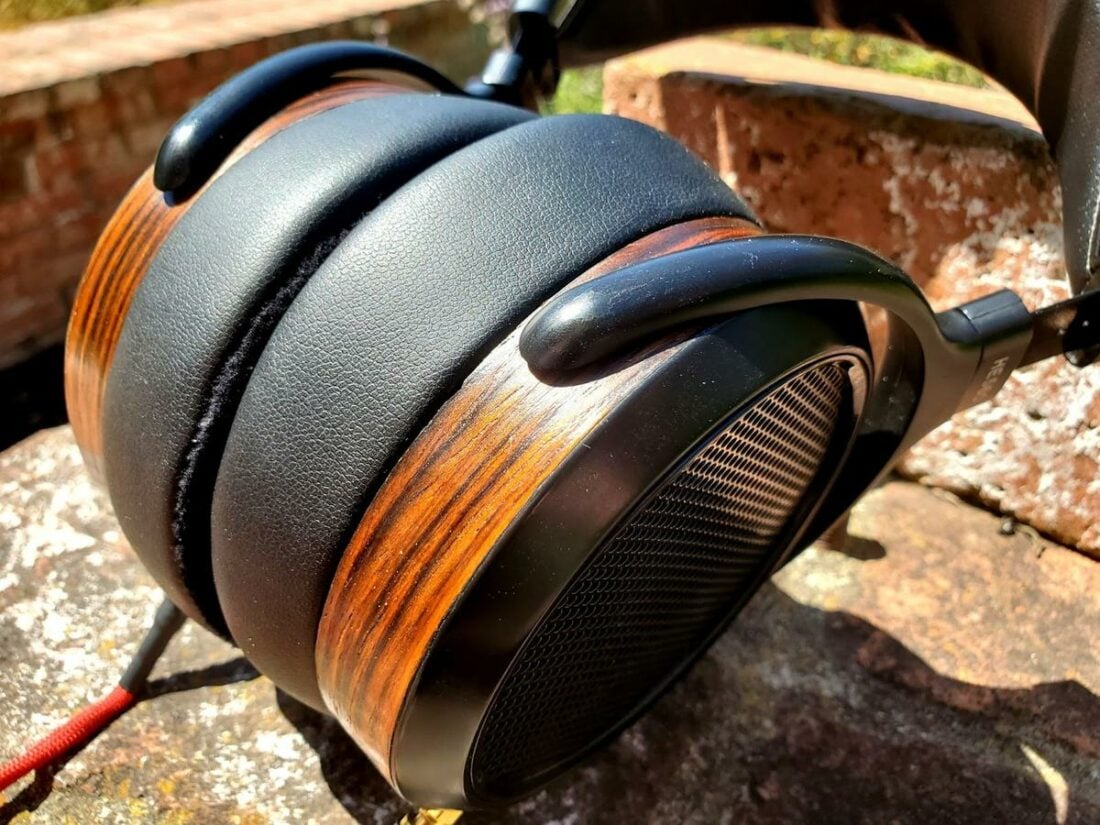
The HE560 V1 also signaled a new direction in headphone styling for HiFiMan. Until the release of the HE560, their headphones mostly used a headband that consisted of a single arc, a plastic build (with the notable exception of the HE5), and a heavy double-sided magnet structure for their drivers.
The HE560 V1 offered a change with a new suspension headband, wood veneer earcups, and a lighter single-sided magnet structure. As a result, this is one of the most comfortable pairs of headphones HiFiMan has ever produced.
HiFiMan’s early screw-on coaxial connectors are interesting, to say the least.
They allow for a very secure connection, but getting them on the headphone is almost impossible without twisting the cable. I can certainly see why HiFiMan later switched to 3.5mm connectors.
Build
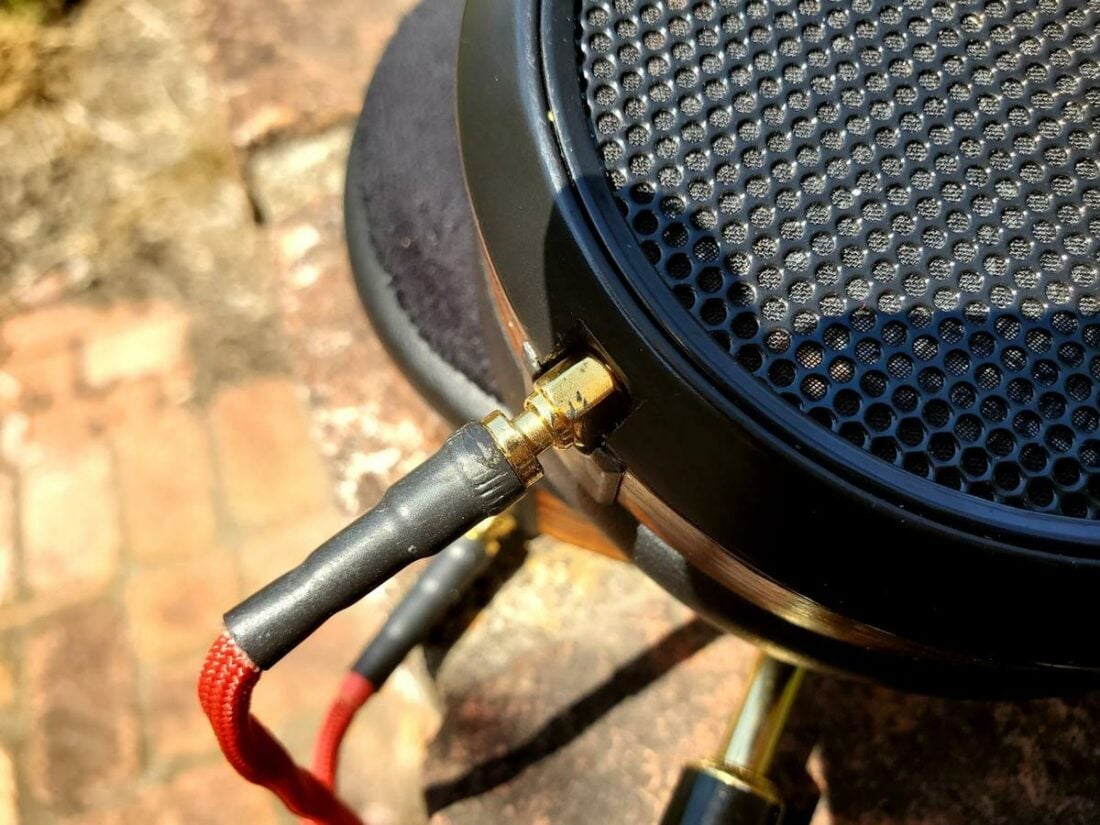
The build quality of the HE560 is not as awful as some HiFiMan products I’ve experienced, but it’s not very good.
The HE560 V1 still shipped with the awful original HiFiMan plastic grill, which many people swap out for something more palatable. Fortunately, removing or exchanging the plastic grill doesn’t seem to change the sound of the HE560, but it still looks pretty bad and flexes a lot if you merely touch it.
The plastic rings around the grill also seem somewhat loose and can spin around or shift in place.
On the other hand, the wood veneer looks surprisingly nice, especially compared with other wooden headphones like the recently reviewed Sivga Luan. There is visible wood grain, which is nice, and the wood nicely catches the light.
Comfort
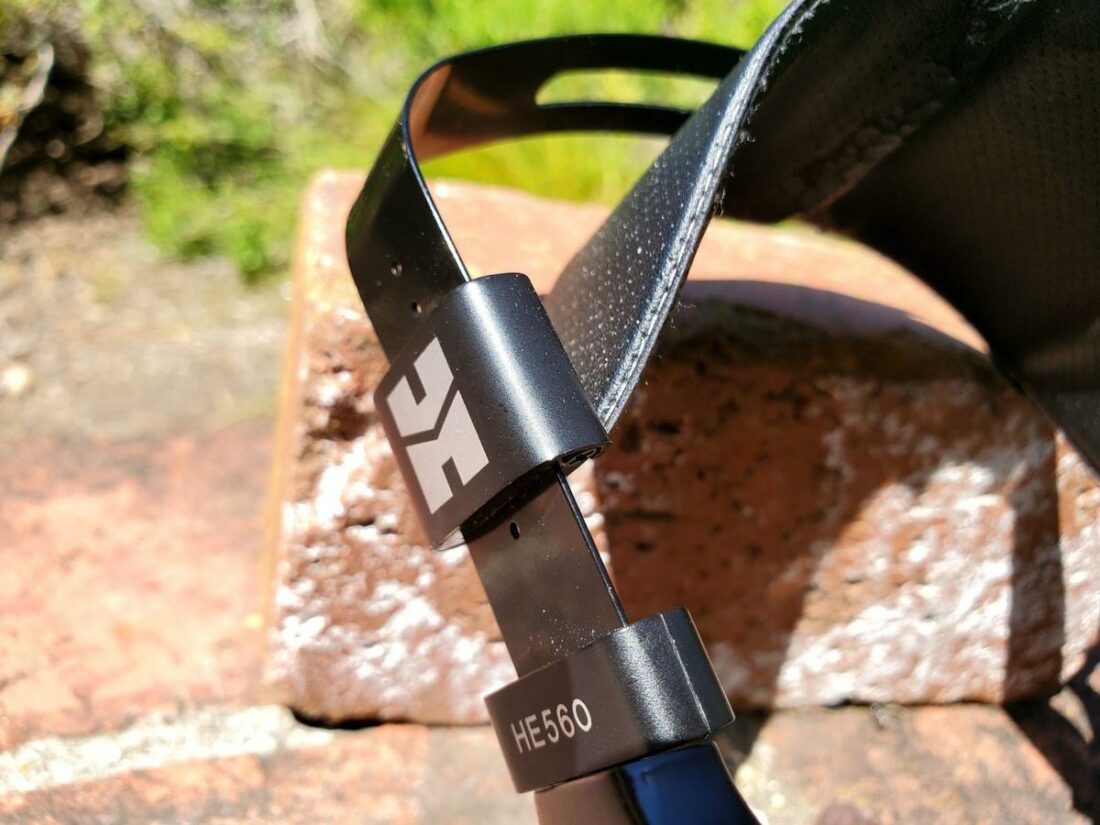
The HE560 perform quite well when it comes to comfort. The now discontinued suspension-style headband, with its comfortable and wide strap and relatively flexible arch, applies just the right amount of clamp force.
The headband included with the HE560 is the best HiFiMan has ever made.
The pads are also fairly good, with soft velvet against the face and pleather for the sides. The light weight of the magnet structure also does wonders for the comfort of these headphones.
HE560 V1 Sound
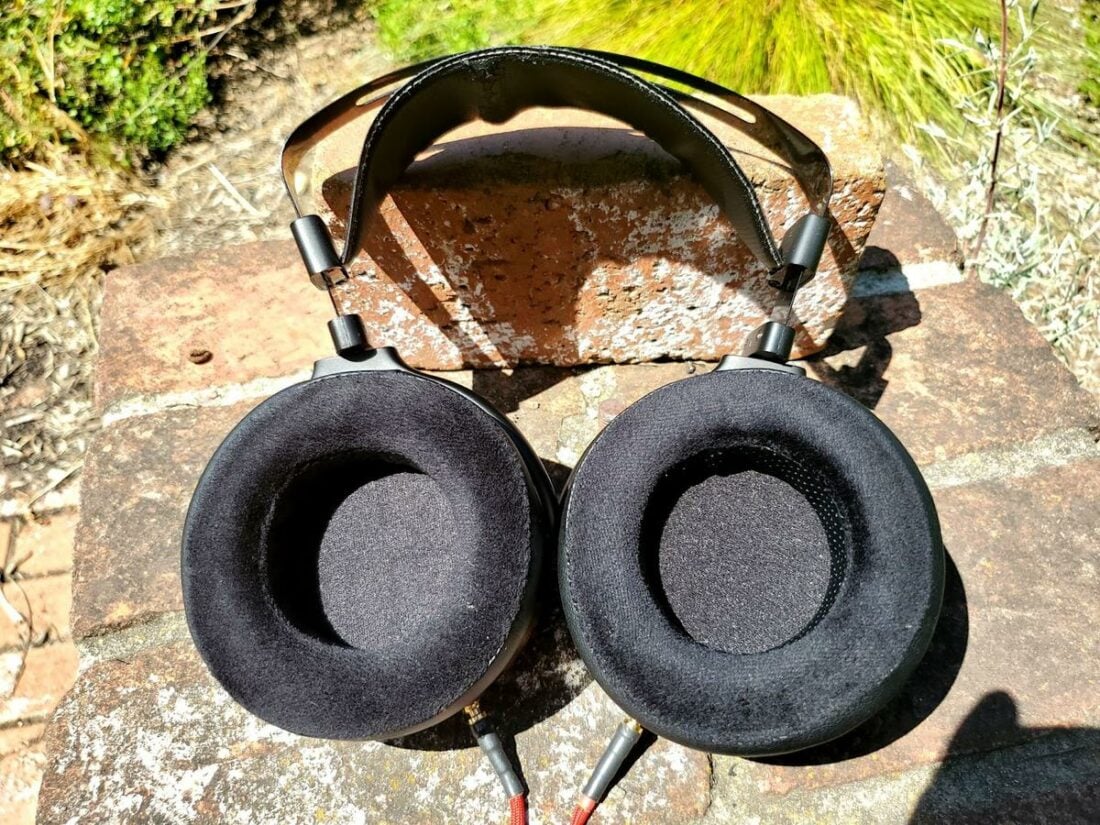
As a former owner of the original HiFiMan Sundara, the sound signature of the HE560 V1 was immediately familiar to me: the laid-back 1-2kHz area, the slightly spiky treble, the flat FR in the bass, the relative lack of dynamic contrast, and the overall airy, laid-back feel are all there.
These headphones make a slightly different impression, with an overall warmer sound, less treble, and a more “normal” presentation.
I’m not going to trust my aural memory to the extent of making comparative judgments on the respective technical ability of these headphones. Still, the HE560 V1 are relatively technically competent – with some caveats.
Technicalities
At their best, planar-magnetic drivers allow headphones to claim some of the benefits of more traditional dynamic drivers and exotic electrostatic technology.
Early HiFiMan headphones were known for their blistering speed and punishing dynamic range, but perhaps not so much for tonal refinement or resolution (although some were very resolving). The HE560 represented a turn toward prioritizing resolution.
And indeed, impressions from the time of release praised the HE560 resolution and staging. I can certainly hear why: for a pair of headphones that currently costs around USD$200, these are very resolving.
Relative to the mid-fi darling Sennheiser HD600, I don’t hear the HE560 as more resolving, exactly – if anything, the full “grit” of a recording comes through better with the HD600. However, the HE560 are faster and cleaner-sounding, with a “blacker background,” less grain throughout the mid-band, and a sense of smoothness.
The increased driver speed also provides superior image separation – you can more easily tell different instrumental lines apart.
That sense of smoothness can be a drawback, though, when you consider dynamic ability and resolution. Much like their successor, the Sundara, the HE560 are very polite – too polite, in some cases. They have a soft, yielding sound that is very pleasant but lacking in realism.
Luckily, getting the requisite power is easier now than ever before, and a Schiit Magni, JDS Atom, or any other budget-friendly headphone amplifiers will get the job done. But this is certainly not a pair of headphones intended for on-the-go use.
Bass
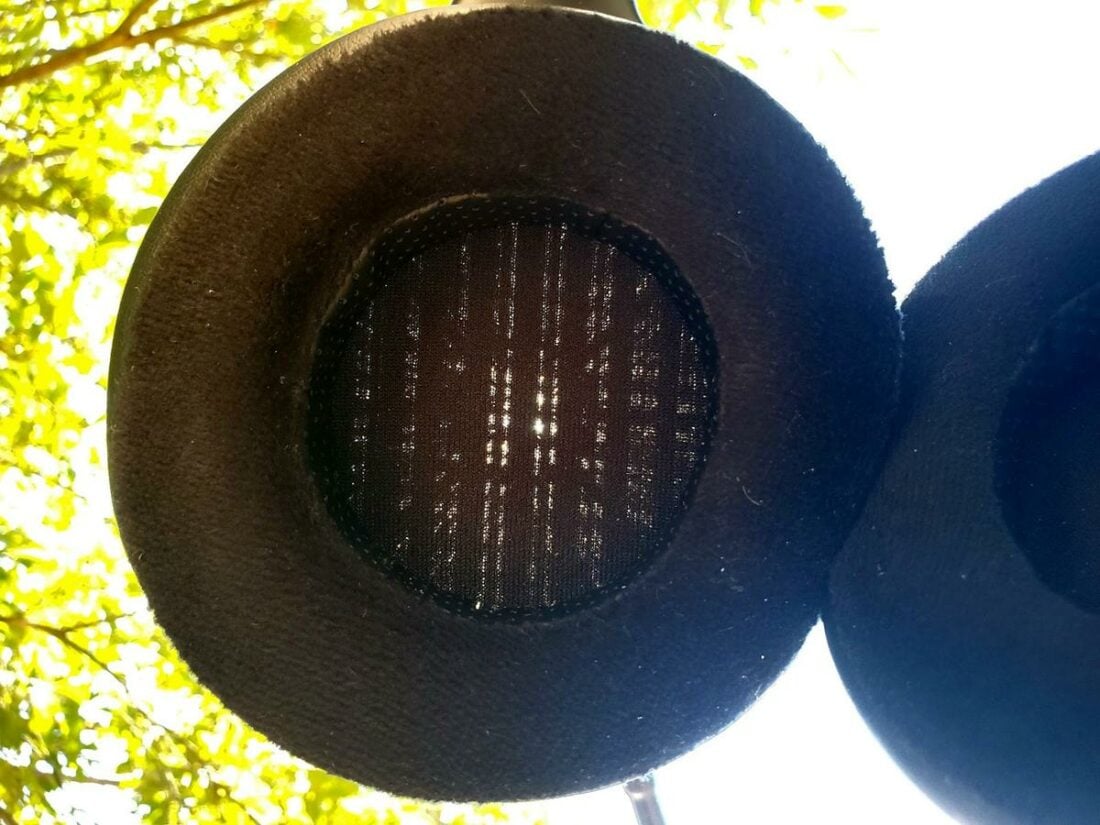
Planar-magnetic headphones are known for “planar bass” – a flat and tight bass response that reaches all the way down to subsonics without a noticeable decrease in volume. This is the case with the HE560, but they are not bassy headphones. While well-extended, they have a somewhat lightweight bass response.
While dynamic headphones at this price point usually feature a mid-bass hump and roll-off below that, the HE560 boast a completely flat bass response into infrasonics.
However, when listening to these headphones, one is reminded why one can’t always trust graphs, as qualitatively, the HE560 don’t produce a very viscerally powerful bass response.
Subbass is audibly present but weak compared to the rest of the frequency response. In other words, the information is still there but is not strongly represented within the mix and loses most of its hitting power.
Newer HiFiMan models improve somewhat on the HE560s’ bass response, with a more engaging and dynamic sound profile.
The bass response demonstrates good extension but lacks realism, dynamism, and tightness. HiFiMan makes plenty of headphones with great bass, but the HE560 bass response could use improvement.
Midrange
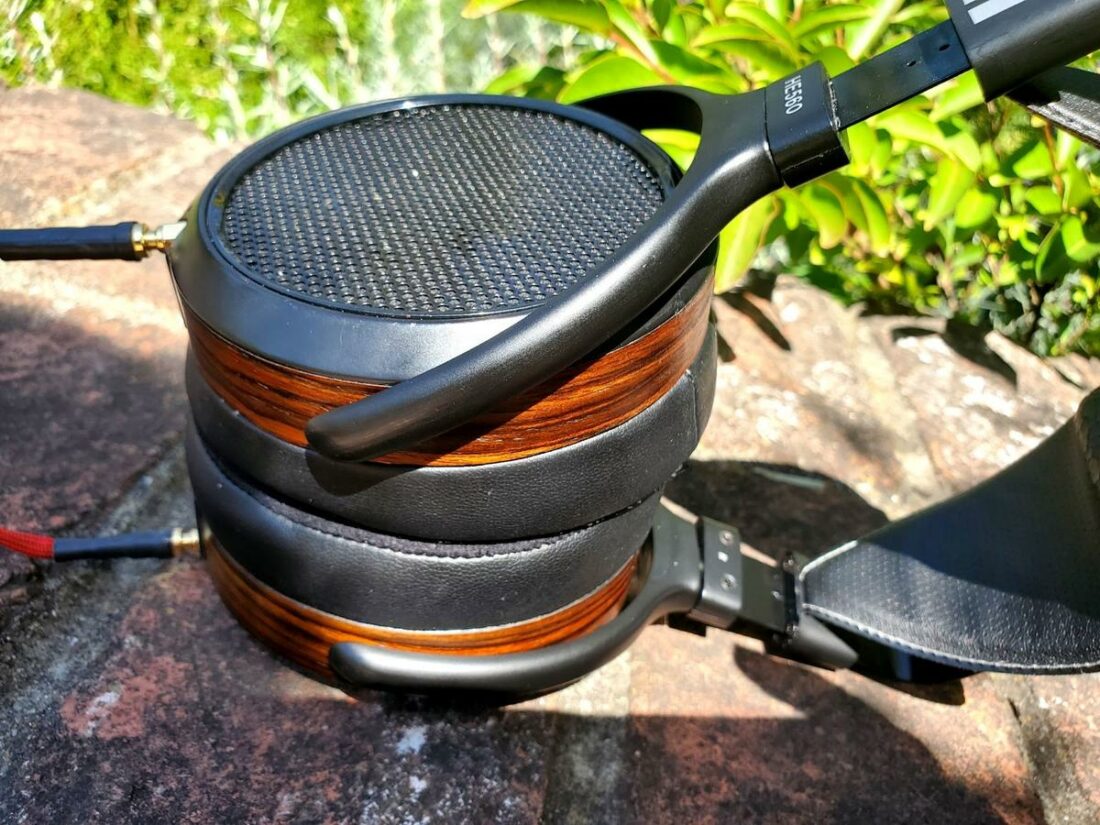
When it comes to midrange, the HE560 are unmistakably HiFiMan. They are flat from infrasonics to about 1 kHz.
Above that, there’s a slight dip centered at around 2 kHz. The result of this dip, combined with the flat lower midrange, is an overall cool, laidback sound. The 2 kHz dip also introduces a sense of space into the sound, pushing vocals further back in the mix.
Then, in the upper midrange, there’s an emphasis around 4 kHz. At least, on paper – but in my experience, these headphones aren’t particularly shouty in this region. Rather, this boost helps the headphones maintain a sense of presence while sounding relaxed and laid-back.
I’m not sure how it works, but the overall result is that the midrange tuning of the HE560 V1 strikes me as fairly neutral, even though there’s very demonstrably an upper midrange emphasis.
Overall, I feel the HE560 does a better job of replicating instrumental timbre than most other HiFiMan headphones – even including some significantly more expensive pairs, like the HE6SE or Arya.
However, it does that at the expense of resolution. Make no mistake – those other headphones are much better (and more expensive) than the HE560, which simply lack some detail. Nonetheless, for a used price of around USD$200, the HE560 deliver excellent midrange performance.
Treble
HiFiMan products have not always delivered my favorite treble – generally, their headphones tend to skew to the bright side, with treble that can seem overly emphasized or piercing.
The HE560 V1 are on the tamer side of HiFiMan products, but they are still bright, with a pronounced peak around the 10 kHz mark.
It’s rare for the treble to be painfully bright with these headphones – those who like to hear a sense of detail will likely enjoy the airiness of these headphones. In contrast, those who prefer darker headphones will likely want to avoid HiFiMan products.
Regarding treble resolution, the HE560 suffer slightly from the kind of hashiness and ringing found in many mid-fi planar magnetic products. This results in treble that, for lack of a better word, feels “spicy” in a way that slightly obscures resolution and extension.
This is primarily a problem at the 10 kHz peak mentioned above. It can cause cymbals and sibilant consonants to sound artificial and steely. The effect is unpleasant, but it’s not too exaggerated.
The treble of the HE560 needs improvement, but it’s overall serviceable and doesn’t destroy the listening experience.
Where to Buy
The HE560 V1 are now discontinued, but they can be found used on your used headphone classified listing of choice. I got my pair on the AVExchange subreddit.
Conclusion
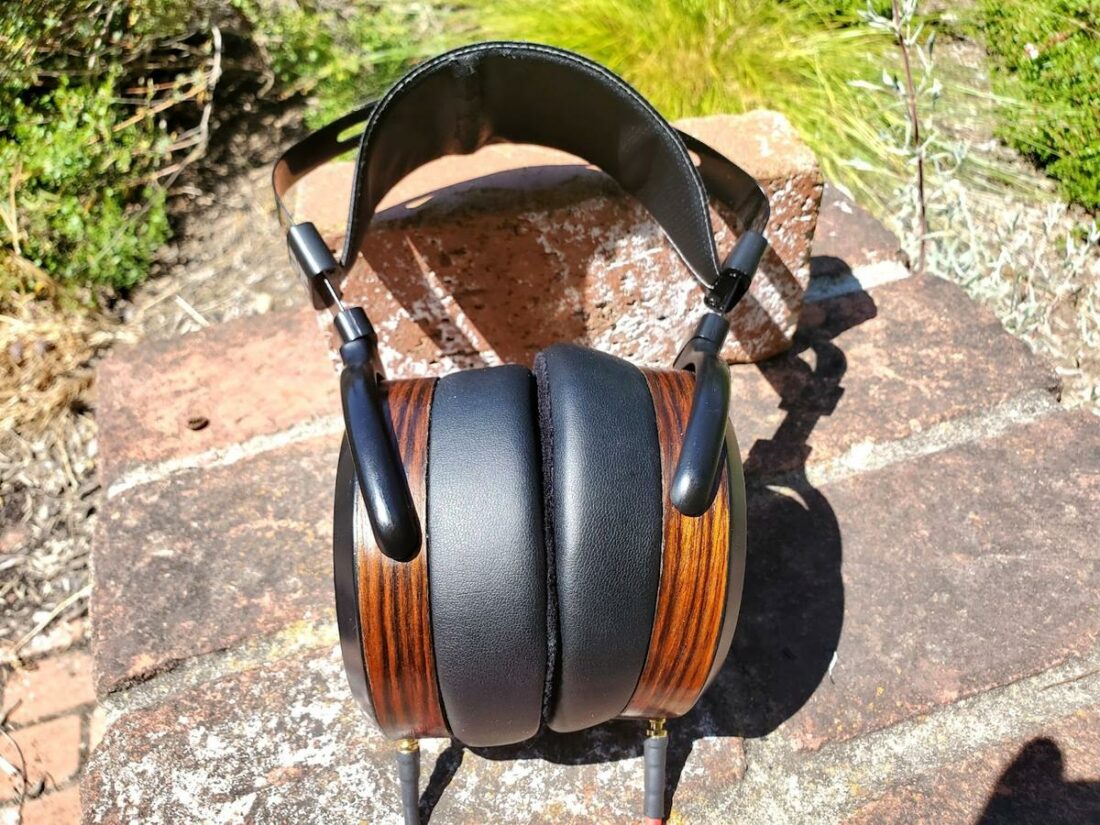
Of HiFiMan’s stable of mid-fi headphones, the HE560 are probably the most versatile but the least special.
As with all HiFiMan headphones, their frequency response is a variation on a theme. But this particular rendition of the classic HiFiMan tuning is very easy to get along with, suiting a variety of genres and musical styles.
Technically, the HE560 represent a transition point between two sonic visions. They lack the power and dynamism of earlier models, favoring a sense of spaciousness and grandiosity instead.
In return for those sacrifices, you get a jack-of-all-trades, master-of-none pair of headphones with great (if slightly soft) timbre. They could very easily be your daily drivers – provided you’re willing to stay connected to a powerful amplifier, of course.
In terms of genres, these are a perfect match with vaporwave, ambient, and electronic music, but they can handle most genres – although I wouldn’t recommend them for hip-hop fans.
Ultimately, the HE560s’ most direct competition is the Sundara – both are very technically capable for their price. The Sundara are easier to drive, while the HE560 may have slightly cleaner imaging.
The HE560 V1 are a well-designed pair of headphones from HiFiMan, and I solidly recommend them for home desk use, provided you prioritize airiness and staging over visceral engagement. As for me, I’ll stick with my HD600s.
